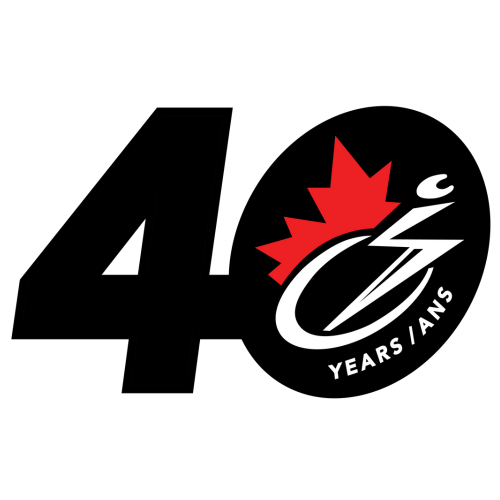What Is Cerebral Palsy?
Cerebral Palsy (CP) is a broad term used to describe a group of chronic disorders affecting body movement and muscle coordination. It appears at birth or in the first few years of life and generally does not worsen over time. Motor disability can range from minimal to profound, depending on the individual. Over 80,000 Canadians are affected by cerebral palsy and it is the most common physical disability in childhood. Children with cerebral palsy are likely to also have other impairments in addition to their motor disability.
Cerebral Palsy is not caused by problems in the muscles or nerves. Instead, faulty development or damage to motor areas in the brain disrupts the brain’s ability to adequately control movement and posture.
Development of the brain starts in early pregnancy and continues until about the age of three. Damage to the brain during this time may result in Cerebral Palsy. This damage interferes with messages from the brain to the body, and from the body to the brain.
While cerebral palsy is not curable, training and therapy can help significantly. People with cerebral palsy can go to school, have jobs, get married, raise families and live in their own homes. Most of all, people with cerebral palsy need the opportunity for independence and full inclusion in our society.
Cerebral Palsy is:
- A condition, not a disease
- Not hereditary
- Not contagious
- Non-Progressive
- A life-long Condition
- Not life threatening
- People with CP have a normal life expectancy
